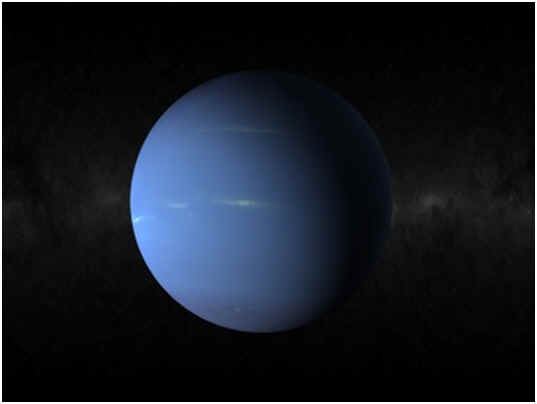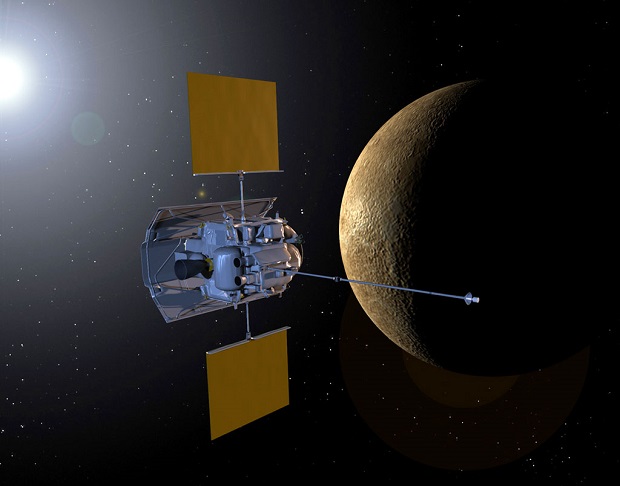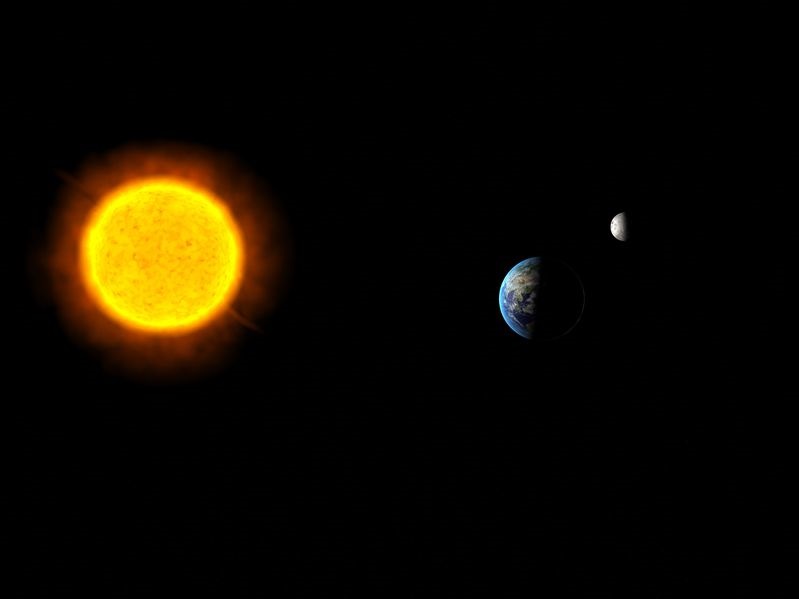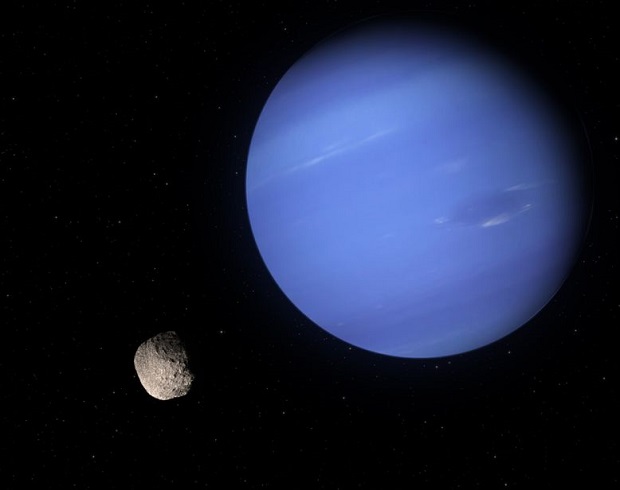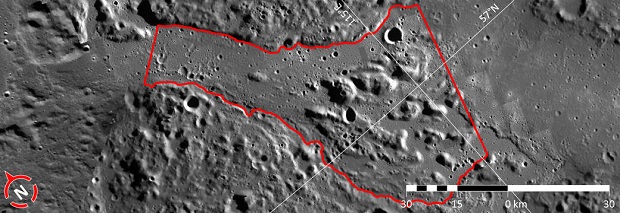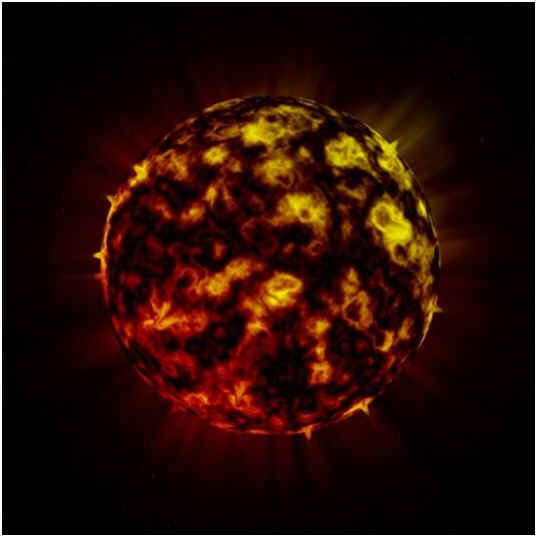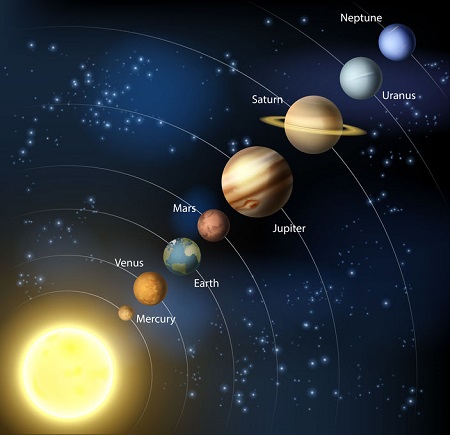
Is Pluto Bigger Than Earth?
Pluto is not bigger than Earth. With an equatorial circumference of 4,493.7miles, Pluto is 5.5 times smaller than Earth, which has an equatorial circumference of 24,873.6 miles. Not only is Pluto smaller than Earth, but it’s also less than half the size of the United States! [1]
Earth Size Versus Pluto
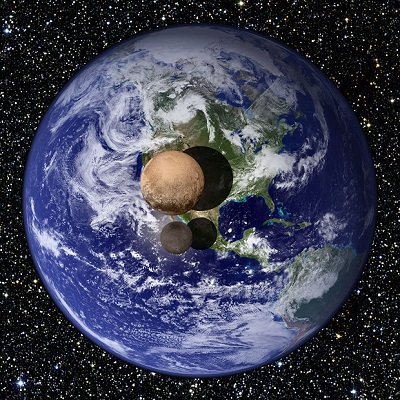
Image Credit: NASA
Earth may not be the largest planet in the solar system, in fact, for size, it falls somewhere in the middle. Earth is smaller than Jupiter, Saturn, Uranus, and Neptune (in that order) but larger than Venus, Mars, and Mercury. [2]
Pluto falls dead last as the smallest planet in the solar system (when it was a planet – now that distinction falls to Mercury). In fact, every other planet in the solar system is at least twice as big as tiny Pluto. [3] Pluto is even smaller than Earth’s moon! [4]
Pluto Demoted to Dwarf Planet
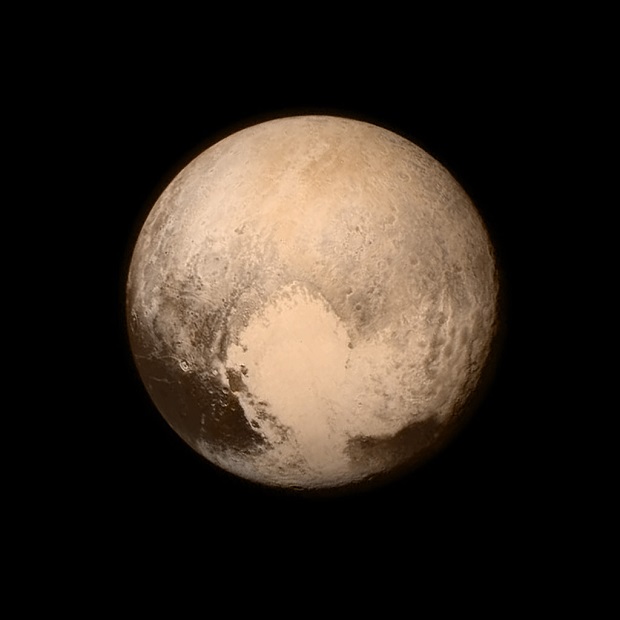
Since 1930 when amateur American astronomer Clyde Tombaugh discovered Pluto, the world recognized it as the ninth planet in our solar system. [5] As of 2006, the International Astronomical Union (IAU) stripped Pluto of its planet status and reclassified it as a dwarf planet. [6]
The IAU is the international body that governs professional astronomical activities worldwide. This includes naming celestial bodies such as stars and planets as they are discovered. They are also responsible for classifying celestial bodies based on agreed-upon criteria. In the case of Pluto, the IAU formed a “planet definition committee.” [7]
Pluto’s Size Did Not Affect Its Planet Status
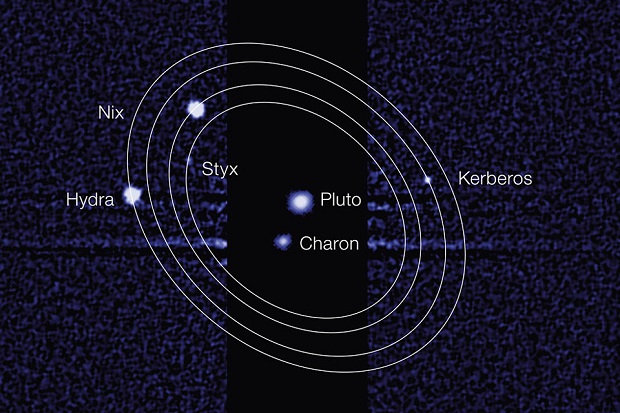
Image Credit: NASA, ESA, Mark Showalter (SETI Institute)
Contrary to what many believe, Pluto’s small size in relation to the other planets was not the reason that the IAU reclassified it.
IAU has set three criteria for a celestial body to be considered a major planet.
- It is in orbit around the Sun.
- It has sufficient mass to assume hydrostatic equilibrium (a nearly round shape).
- It has “cleared the neighborhood” around its orbit.
Pluto meets only the first two criteria. It has not “cleared the neighborhood” around its orbit. This means that it must be gravitationally dominant to be a major planet. If an object approaches a gravitationally dominant planet, it will be pulled in and collide with the planet or be ejected into another orbit. [8]
Pluto Not the Only Dwarf Planet
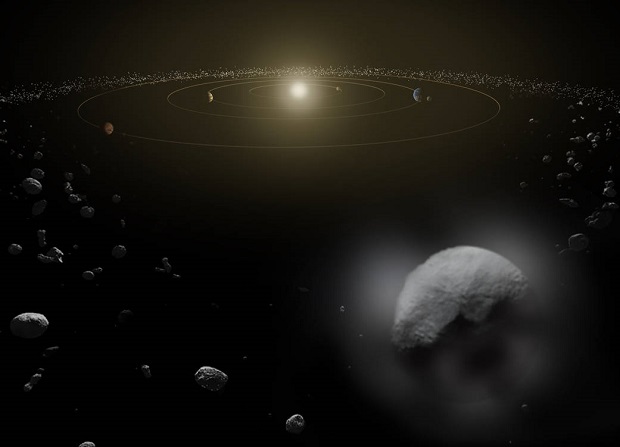
Image Credit: ESA/ATG medialab
Pluto is now one of five dwarf planets in our solar system. That’s right! There are more dwarf planets out there. When the IAU set its guidelines for major planet criteria, it also set guidelines for dwarf planet status.
According to IAU guidelines:
A “dwarf planet” is a celestial body that (a) is in orbit around the Sun, (b) has sufficient mass for its self-gravity to overcome rigid body forces so that it assumes a hydrostatic equilibrium (nearly round) shape, (c) has not cleared the neighborhood around its orbit, and (d) is not a satellite. [9]
The five dwarf planets are Ceres, Pluto, Eris, Makemake, and Haumea. According to the IAU, there are possibly dozens or even more new dwarf planets waiting to be discovered in the next few years. [10]
Resources
- [1] NASA – Solar System Exploration – Pluto: By the Numbers
- [2] Universe Today – The Planets in Our Solar System in Order of Size
- [3] [5] Space.com – Pluto Data Sheet
- [4] NASA – (NASA Knows!) – What Is Pluto?
- [6] [8] [9] IAU – Pluto and the Developing Landscape of Our Solar System
- [7] [10] IAU – IAU 2006 General Assembly: Result of the IAU Resolution Votes
